Antarctica and Falklands Expedition | Southbound
Buenos Aires - Ushuaia
- Oct 29 - Nov 15 2025
- 18 Days
- MS Roald Amundsen








Loading tours...
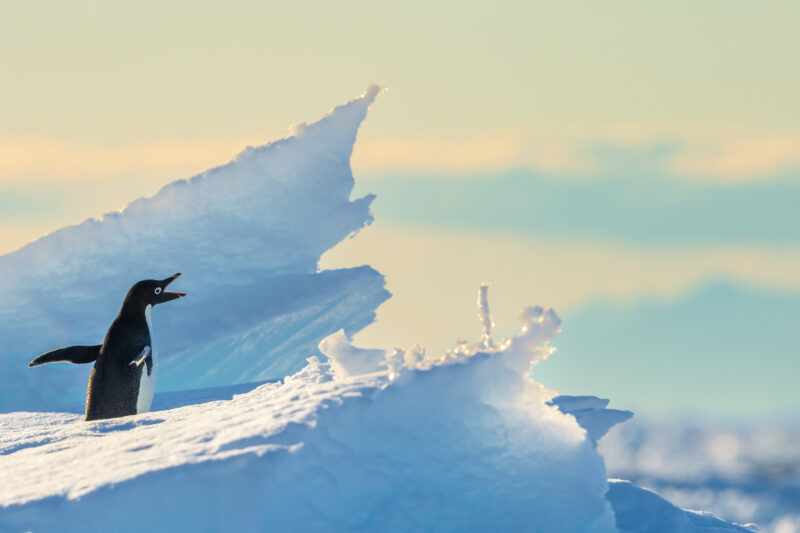
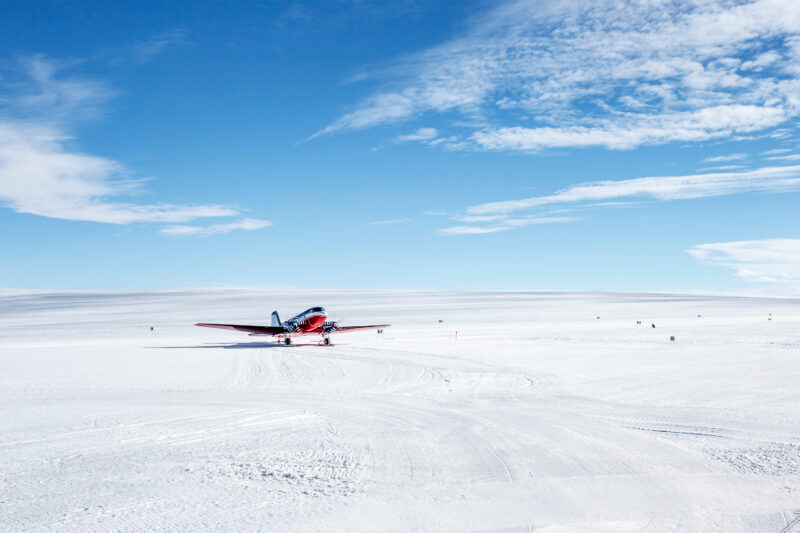
No hard sell. Just excellent advice.
And Penguins.
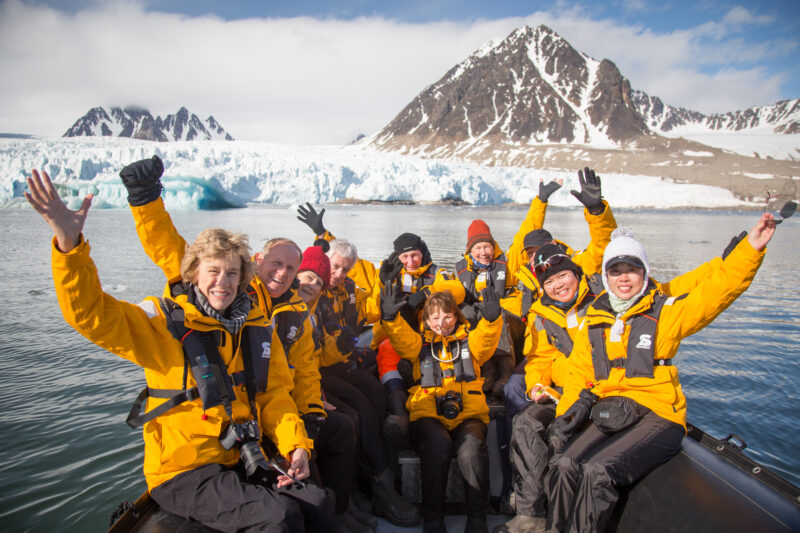
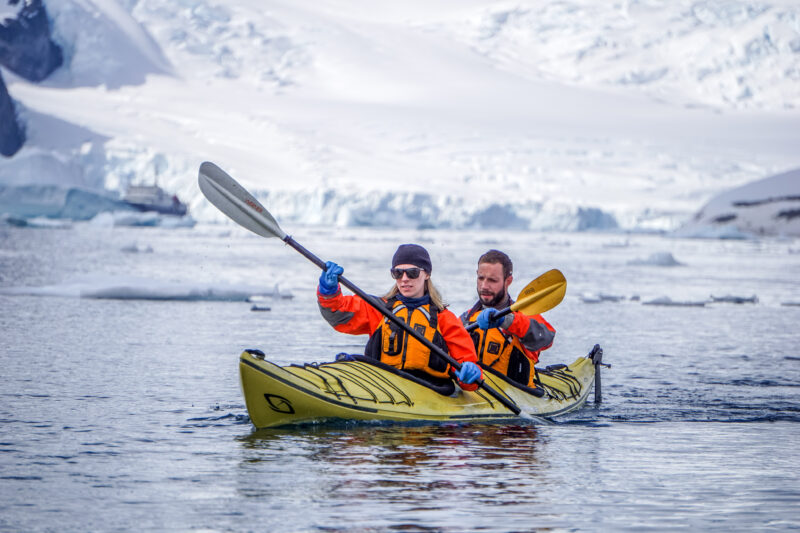
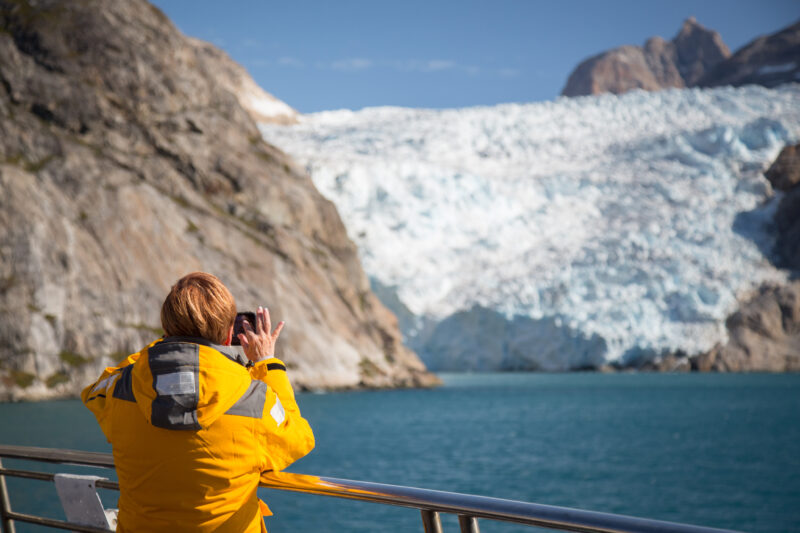
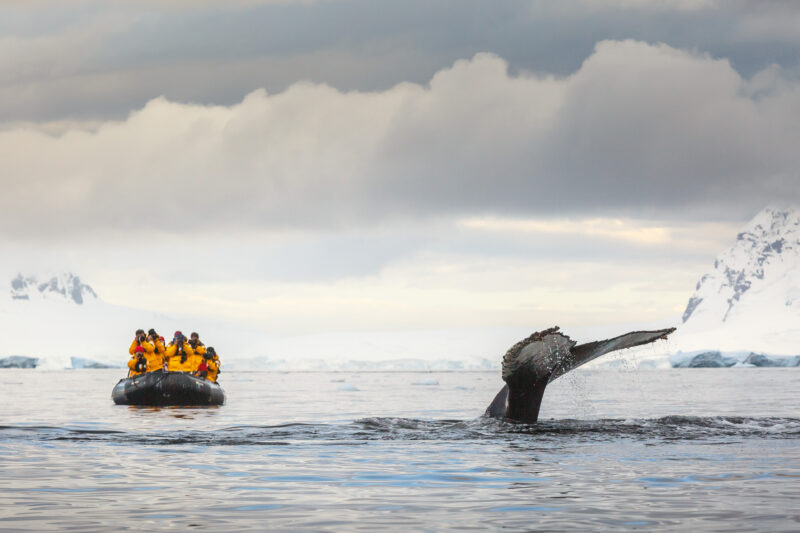
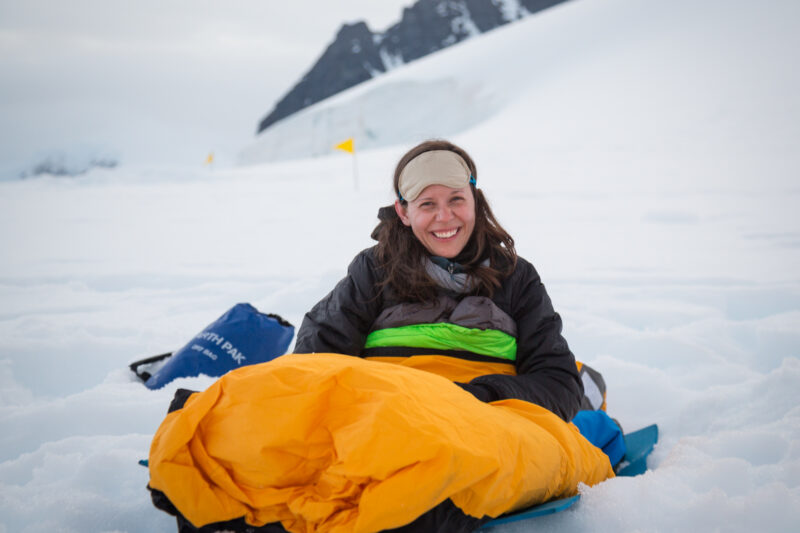
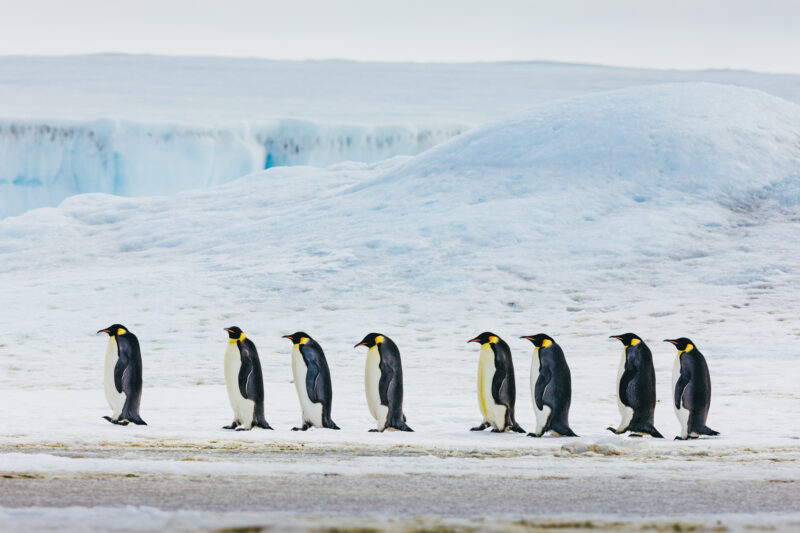
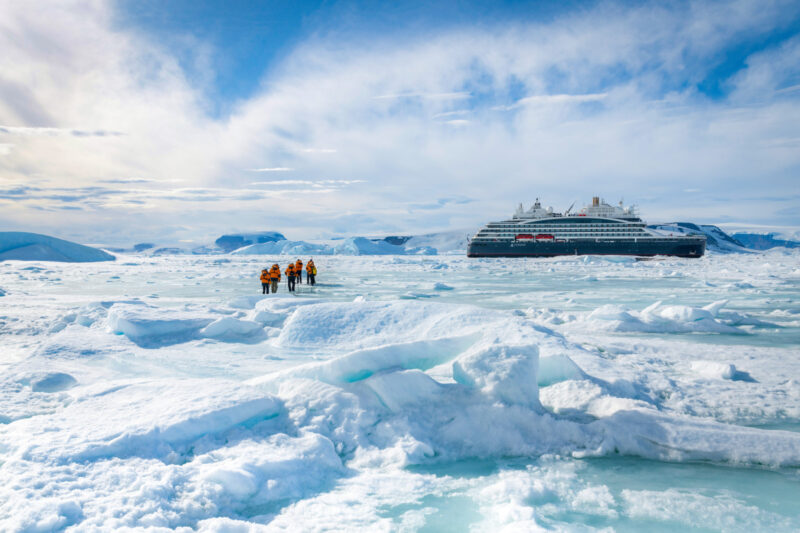

Expedition cruises to Antarctica operate between late October and March in the southern hemisphere during the Antarctic summer. It is only possible to visit Antarctica during this time.
Cruises in late October and November offer an opportunity to see Antarctica in all its frozen glory as it emerges from the winter. The continent is ice-covered. While wildlife is less frequent and routes shorter, the pristine snow-covered landscapes and sea ice are worth the adventure. Penguins are busy laying their eggs.
December, January, and February are the peak months for expedition cruising in Antarctica. These warmest months offer the best chances for wildlife sightings as penguin rookeries are in full swing and birds have migrated back for the summer. Visitors can see penguins hatching. These months are also the busiest for visiting ships.
March is the end of the season. It’s an excellent month for longer voyages south to the Polar Circle and an ideal time to see whales returning to the region to feed. The weather can be more unpredictable as the season ends, but there are some great offers at this time of year.
The best month to cruise to Antarctica ultimately depends on what you want to see. For a detailed month-by-month guide of what to expect in Antarctica, including wildlife, please check out our guide Best Time to Go To Antarctica.
It is possible to reach Antarctica by ship on an expedition cruise or by plane as part of a land-based expedition. It is also possible to fly to Antarctica and join a cruise there on a fly-and-cruise expedition. Ninety per cent of travellers arrive in Antarctica by cruise ship.
The most common way to get to Antarctica is on an expedition cruise from South America. Most cruises depart from Ushuaia in Argentina, with a few departing from Puerto William in Chile and sailing south across the Drake Passage to the Antarctic Peninsula. These Antarctic voyages often include South Georgia, the Falkland Islands and the South Shetland Islands.
Travellers must fly to Buenos Aires or Santiago before reaching Ushuaia or Punta Arenas, as there are no direct international flights to these cities.
Antarctic Air Cruises leave from Punta Arenas in Chile with a 2-hour charter flight. They land on King George Island in the South Shetland Islands, where guests embark the ship.
It is also possible to reach East Antarctica and explore the Ross Sea on an expedition cruise departing from Hobart, Australia, or New Zealand.
Many expeditions Polar Escapes offer include flights, usually between Buenos Aires and Ushuaia. Our Polar Pros will let you know what your expedition includes when you make your reservation.
Please see our guide how to get to Antarctica for a detailed explanation.
Expedition cruises to Antarctica focus on exploring remote places and include activities such as hiking, kayaking and camping. Days spent on an Antarctic cruise are active and are geared around exploration both on and off the ship. Here is what you can expect:
Off Ship
All activities are weather-dependent.
When you are not busy on your Antarctic expedition, it is time to relax on the ship.
On The Ship
Antarctica cruises have flexible itineraries due to the unpredictable weather conditions. The temperature during the southern summer is milder than in the winter, with the average daytime temperature around 0c (34 degrees Fahrenheit).
October and November are cooler months with average temperatures around -2c ( 28f) although this can feel much colder on windy days. The weather early in the season is changeable, with overcast days and some snow.
In December, summer in the Antarctic is underway with a glorious 24 hours of daylight, making it one of the most popular months to travel to the white continent. The temperatures average 0° C (32° F) on the north of the Antarctic Peninsula during the days, making it one of the most comfortable times to visit the Antarctic. Long, sunny days are perfect for exploring.
January is the height of summer in the southern polar regions and offers the mildest weather and warmest temperatures, which are above the freezing mark, with an average of 6° C (43° F). There is a good chance of clear blue skies and sunny days; temperatures can feel much warmer on sunny days with the sun reflecting off the ice.
February is cooler than January, with temperatures averaging 1° C (34° F). Cool sunny days with clear skies are frequent. The sea ice extent is near its minimum, making passage further south to cross the Antarctic Circle possible.
In March, autumn approaches with the return of long sunsets and sunrises that create a perfect backdrop for photographers. The weather in March is interchangeable with cloudy, overcast days and potentially high winds. The temperature is cooler with an average of -5° C (23° F), which feels colder on windy days.
The weather in Antarctica is changeable and unpredictable. A sunny day can quickly turn cold if the wind increases. Therefore, it is important to dress appropriately for your expedition cruise.
It’s important to dress for cold and variable weather conditions. Some basics to pack for your Antarctica cruise are:
To learn more, please see Antarctic Clothing: A Complete Packing List for your Antarctica cruise.
There are many considerations when choosing an Antarctica tour or cruise. Here is the checklist that we use when speaking to travellers:
As a next step, why not speak to one of our Polar Pros?
There are now 25 cruise lines with over 70 ships operating in Antarctica.
At Polar Escapes, we use our first-hand experience to help you choose the best ship and cruise line that suits your interests. Some cruise lines focus on wildlife watching, others on adventure and some on luxury, so there is an excellent choice for every traveller.
New highly rated ships in Antarctica include Ultramarine, Ocean Explorer, Le Commandant Charcot, and many others. You can see all the Antarctic ships here.
Quark, Ponant, Aurora, and Poseidon Expeditions are just a handful of the many cruise lines we partner with in Antarctica. Remember, we always give you the best price guaranteed.
To find out more please see our guide on how to choose your expedition ship.
All the cruises to Antarctica recommended and sold by Polar Escapes are expedition cruises that do landings in Antarctica. These offer the best experience.
It is possible to visit Antarctica on a non-landing cruise; however, based on our experience, we do not recommend these for several reasons.
Most guests travelling to Antarctica cross the Drake Passage, a rite of passage for many guests and part of the experience. Cruises to Antarctica departing from Ushuaia, Argentina, and Puerto William, Chile, sail through the Drake Passage to reach the Antarctic Peninsula.
For travellers who are short on time or would prefer to avoid the Drake Passage, it is possible to fly over it by joining a fly-and-cruise expedition to Antarctica.
To find out more please see our guide to the Drake Passage.
All the cruises to Antarctica recommended and sold by Polar Escapes are expedition cruises that do landings in Antarctica. These offer the best experience.
It is possible to visit Antarctica on a non-landing cruise; however, based on our experience, we do not recommend these for several reasons.
Whilst these cruises are often less expensive, they only sail by in Antarctica, which doesn’t offer the full experience, and you won’t get to step ashore.
The ships are much larger, and we are against this type of mass tourism, with the ships taking over 2,000 people per voyage.
If you want to cruise to Antarctica, we highly recommend an expedition on a small ship to appreciate the white continent fully.
While you don’t officially need a passport to enter Antarctica as there is no passport control, you will require one to enter the country of departure and to board the ship.
It is essential to check that your passport has the correct validity at least 6 months before the expiry date.
You don’t need a visa to enter Antarctica, but you may require one to enter the country you depart from. Travellers must verify visa requirements for any country they pass through before reaching Antarctica.
Travellers must be in overall good health to join an Antarctica cruise.
When visiting a pristine polar environment, it is essential to think about how you can minimize the impact of your Antarctica trip. Here are the ways we work to make our Antarctic expeditions as sustainable as possible:
The price of an Antarctica cruise varies considerably. Here are some considerations:
An Antarctica Expedition Costs around $6,000 for a budget ship. The average price is around $12,000 per person. For a more extended luxury expedition, paying up to $50,000 per person is possible. The most expensive expedition reaches the South Pole, which begins at $70,000 per person.


Try us and Save £500 on your first booking*
Our website uses cookies to give you the best and most relevant experience. By clicking on accept, you give your consent to the use of cookies as per our privacy policy.